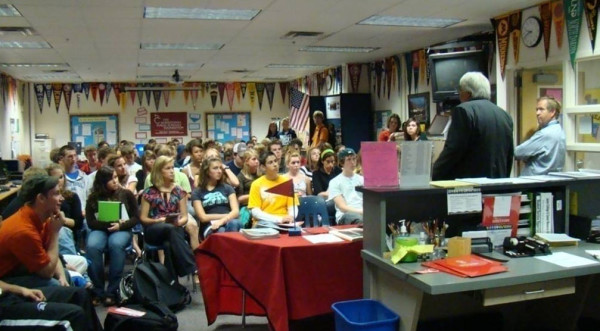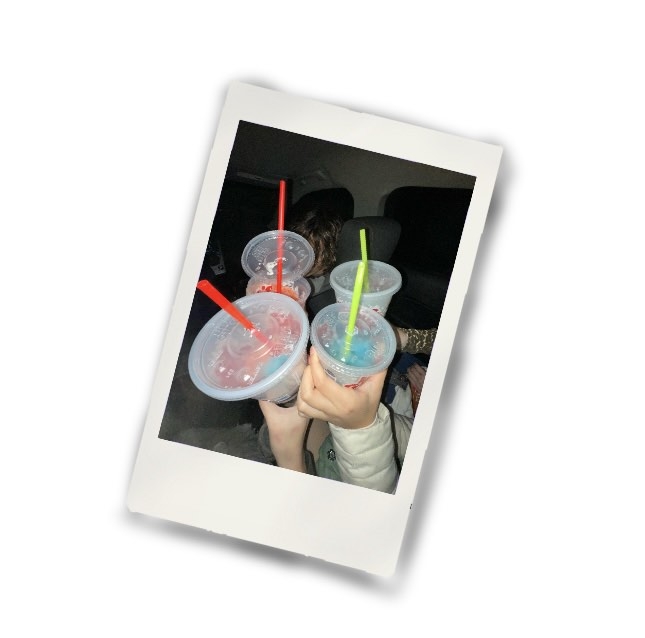Minnetonka is a district proud of its graduates’ accomplishments, and one of the most obvious examples is the college bulletin board outside the media center, refreshed each year to display the graduating seniors’ post-high school plans. Last year, 92% of graduating seniors enrolled in college—79% in 4-year, 13% in 2-year. The remaining 8% of the class, around sixty students, selected other options instead, including gap years, careers, and military enlistment.
With such a small fraction of students choosing these “alternate” options, one might wonder whether Minnetonka High School pushes its students to choose college directly after graduation and views alternates with less respect.
For example, just walk into the College and Career Center. The stand outside advertises upcoming college visits. College pennants litter the walls. An entire bookshelf is dedicated to intimidating volumes on various schools, boasting titles like The Best 373 Colleges and Finding the College That’s Right for You. A bulletin board, much like the one in the commons, names every MHS teacher’s alma mater.
Atop a filing cabinet and amidst information packets on an assortment of standardized tests sit several small files on enlisting in the military. A small poster taped to the guidance office door lists the ten MHS students taking gap years. A bulletin board in the commons is riddled with various posters, stapled one on top of the other, some clumsily ripped from their posts, announcing post-high school opportunities besides college. Most career information can’t be found here at school, but rather online; some is available to Minnetonka juniors and seniors through the Family Connections website.
“It’s true that college is not for everyone,” says Minnetonka High School college counselor Phil Trout. He has just finished reciting Minnetonka’s 2010 graduation statistics from memory, taking care to highlight the percentage attending college this year. “Sure, we encourage students to apply—if they would like to attend.”
He goes on to list other local high schools’ statistics and hints toward a correlation between their lower college enrollment rates and their lack of college counselors.
So what came first, Minnetonka students’ drive to attend four-year colleges and universities, or the Minnetonka district’s emphasis on such higher education?
“We are promoting options other than college for our students,” insists Mr. Trout. He believes the true framework for what path of post-high school planning one will take is ultimately constructed at home, not at school. “The College and Career Center is a resource, just as the Family Connections website is a resource, just as AP and IB classes are resources. We are trying to provide resources to students so they have full access to pursue their options.”































